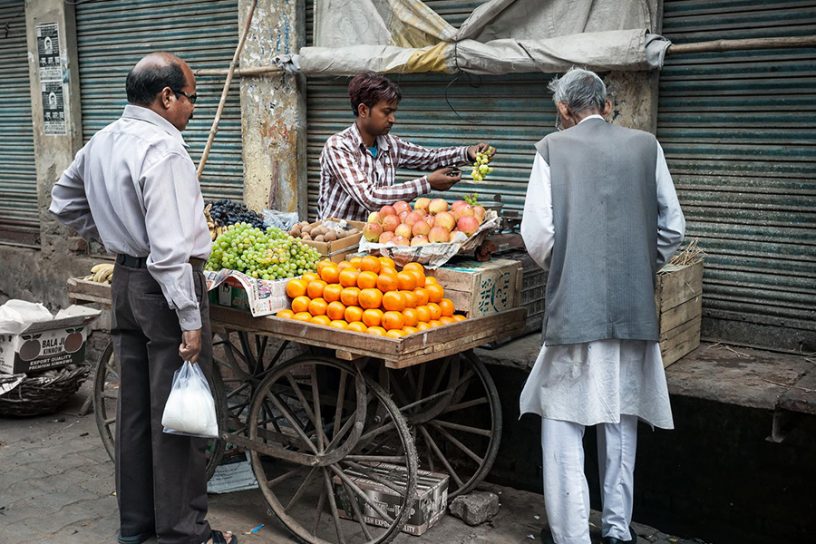
The findings suggest that the concern about the use of aggregate price indices for price adjustment is valid and has critical implications for welfare, particularly for a country like India, where a quarter of the population lives below the poverty line.
Authors
S. S. Swathysree, Assistant Professor, Jindal Global Business School, O.P. Jindal Global University, Sonipat, Haryana, India.
Manisha Chakrabarty, Economics Group, Indian Institute of Management Calcutta, Kolkata, India.
Debopriti Bhattacharaya, Reno Department of Economics, University of Nevada, Reno, USA.
Summary
Despite being well-established that relative price changes have significant implications for the consumption expenditure pattern of households and the measurements of economic well-being, the standard practice of price adjustments using aggregate price indices ignores relative price changes—thus giving an inaccurate picture of the well-being of the population.
This paper highlights the bias that emerges in the construction of real expenditure overlooking the relative price movements and its consequent implications on for welfare measurements, particularly consumption inequality of rural Indian households during 1999–2012. Our proposed method overcomes data limitations like the non-availability of quantity data and item-specific prices.
Using four rounds of consumption expenditure surveys of NSSO, we find that a significant upward bias exists in consumption expenditure when relative price changes are ignored. We also find that the inequality measures based on real consumption expenditure that does not account for relative price changes overestimate the extent of inequality.
This may be due to the differential adjustments in the consumption expenditure on different items by households across the income distribution in response to relative price movements which is ignored in the standard practice of measuring real expenditure.
Our findings suggest that the concern about the use of aggregate price indices for price adjustment is valid and has critical implications for welfare, particularly for a country like India, where a quarter of the population lives below the poverty line.
Published in: Journal of Quantitative Economics
To read the full article, please click here.


